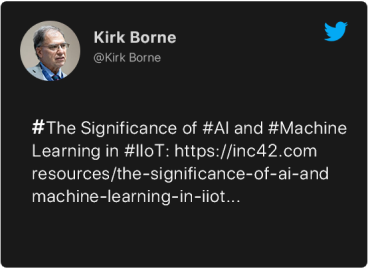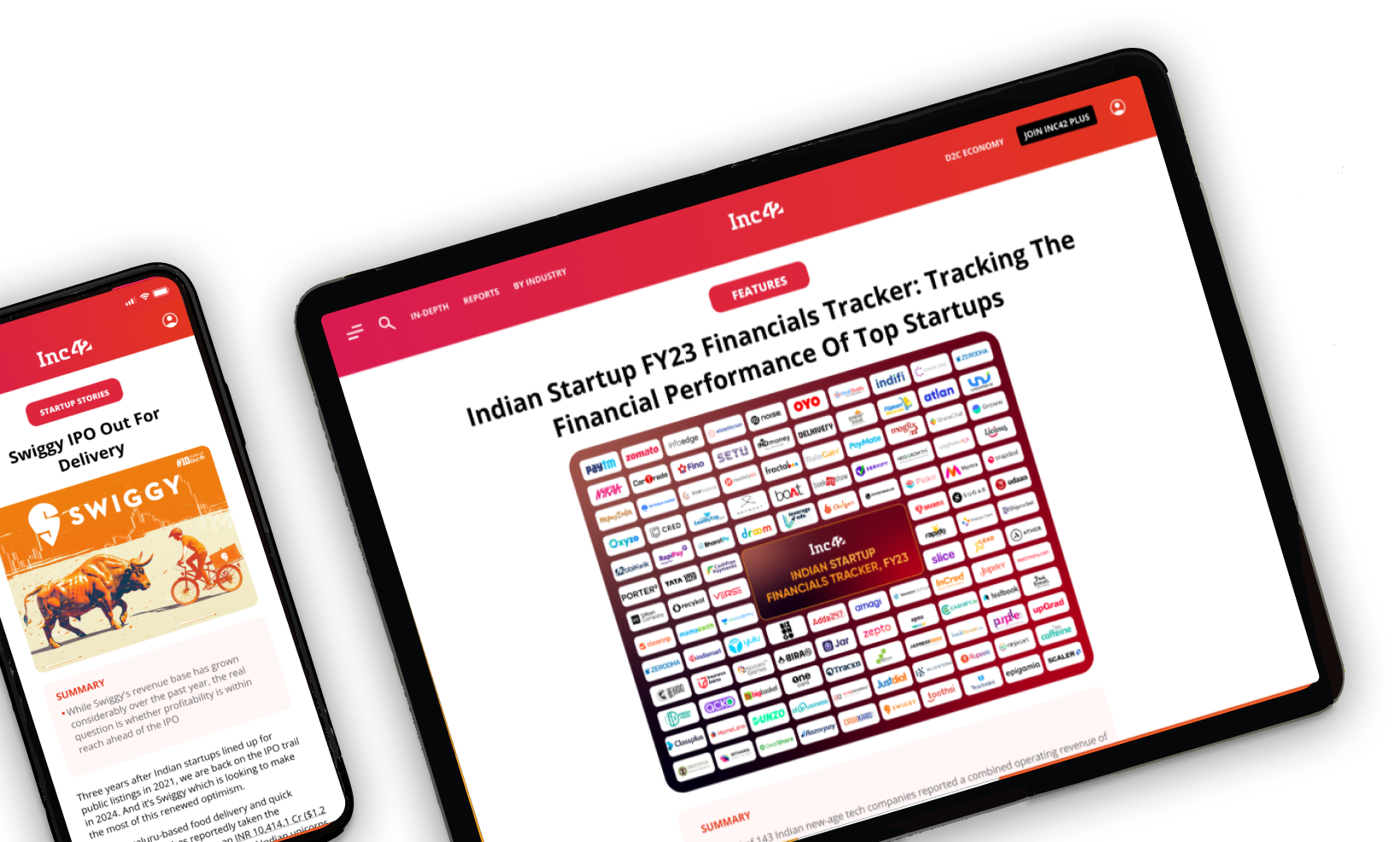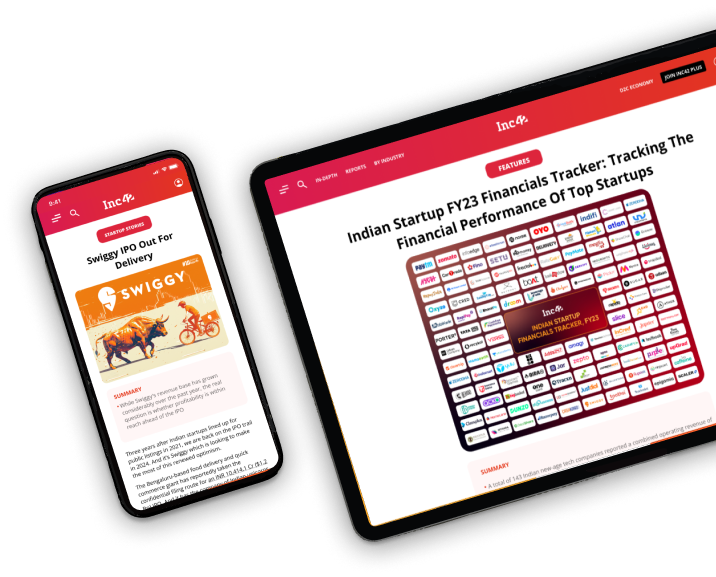By 2021, regional language Internet users are expected to account for nearly 75% of India’s Internet user base
In the 21st episode of Ask Me Anything (AMA) by Inc42, we talked to Siddharth Talwar about the future of regional language initiatives by startup
There is no reason why vernacular content cannot charge or make the same kind of content, and monetise the same way as English content
In a study conducted by Google-KPMG, it was found that India today has 234 Mn Indian language users online, compared to 175 Mn English users.
Further, the Internet user base of regional languages will continue to grow at 18% annually to reach 536 Mn in the next four years, compared to the English Internet user base which is expected to grow at 3% to reach 199 Mn.
Hence, by 2021, regional language Internet users are expected to account for nearly 75% of India’s Internet user base.
With a clear potential for growth, the regional language sector has seen increasing interest from entrepreneurs as well as investors.
Content-based companies such as Inshorts and POPxo, have dived into the vernacular content pool, both starting with Hindi content, and have been received well.
Chinese mobile Internet company UCWeb, which enabled Hindi along with English on its mobile browser, had said that the next wave of growth in India’s Internet penetration was expected to come from Tier II and Tier III cities, powered by the wireless mobile Internet.
Just recently, NewsBytes, Lokal, Clip, etc raised funds to explore vernacular content.
In the 21st episode of Ask Me Anything (AMA) by Inc42, we talked to Siddharth Talwar, co-founder and partner of Venture capital firm Lightbox about the future of regional language initiatives by startups. Talwar has been in the startup ecosystem for nearly two decades with hands-on-experience of being an entrepreneur and then an investor, supporting consumer technology startups.
As an insider of India’s startup scene, we asked Talwar about his experience, thoughts and possibilities of monetisation for vernacular content startups in India.
To Sid Talwar, vernacular space has lots of interesting happenings, with several investments happening in the sector.
He believes that alongside being vernacular, we need to figure out how exactly content companies are going to get monetised in India.
“Content can be everything from video all the way to written content, and in the middle you have got music, so we have a lot of things going on in content space and I think that is gonna get wider and more distributed and all of these other sources coming up and faster the speeds come on the internet, the more content is gonna be digested by much larger audience,” he explained.
He believes that there is no reason why vernacular content cannot charge or make the same kind of content, and monetise the same way as English content.
“The distribution of wealth in India isn’t Tier 1 phenomena, wealth is everywhere. There are people that can afford these things all across the country and still just because you are going from one Tier to another doesn’t mean that you are necessarily needing to charge less money for the same content,” he emphasised.
Even though Talwar is not sure which model is going to work. He has spent a lot of time with content businesses, mostly English content businesses, but is now seeing vernacular content businesses in poetry, in news, in short form writing and more.
“Some things are going to click and somethings are going to monetise and I am not going to guess right now what that might be but I do believe that whether vernacular or English, the kind of monetisation, the level of monetisation should be quite equivalent,” he summarised.
Stay tuned for our next article on Sid’s Ask Me Anything!





























 Ad-lite browsing experience
Ad-lite browsing experience